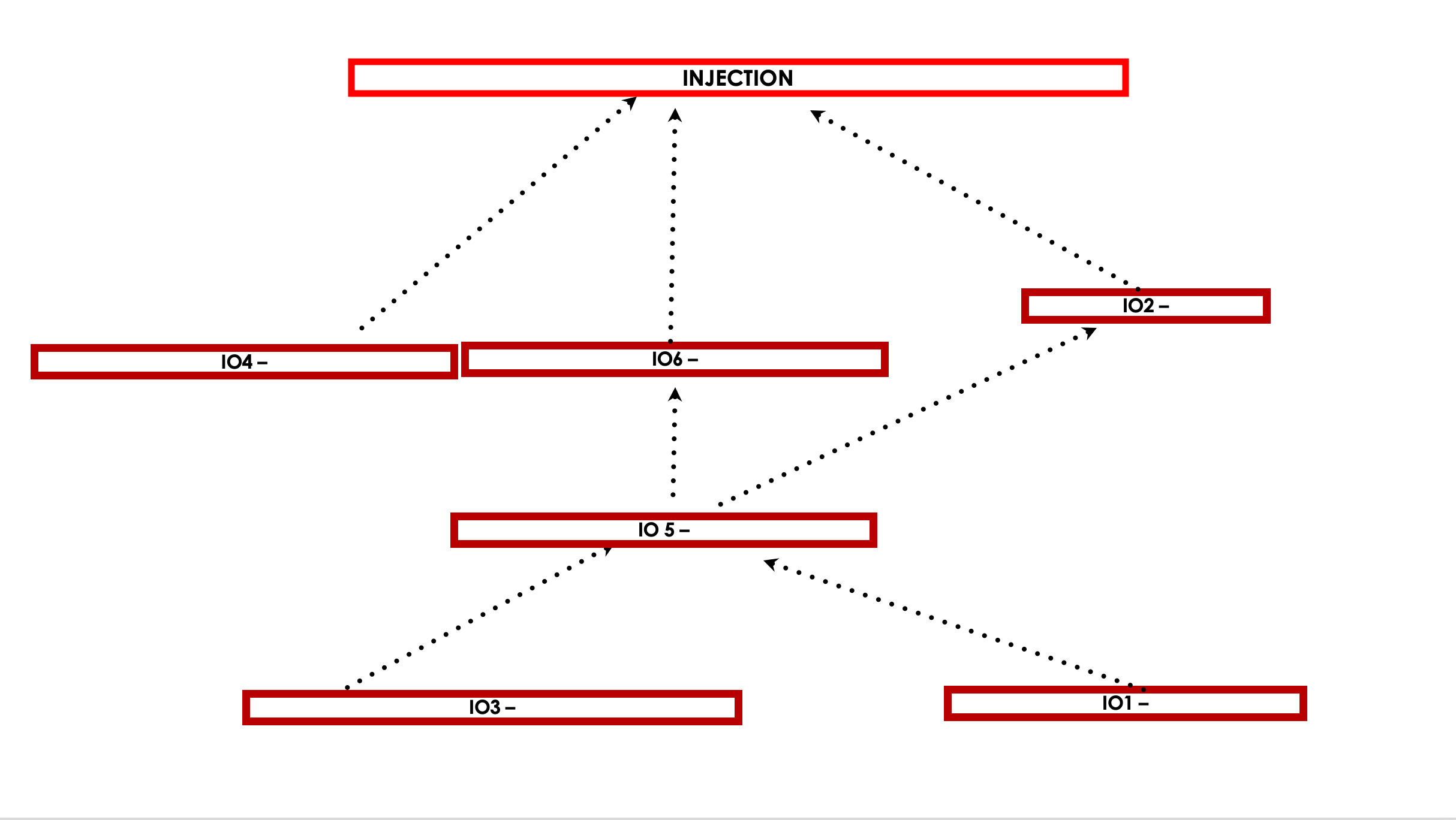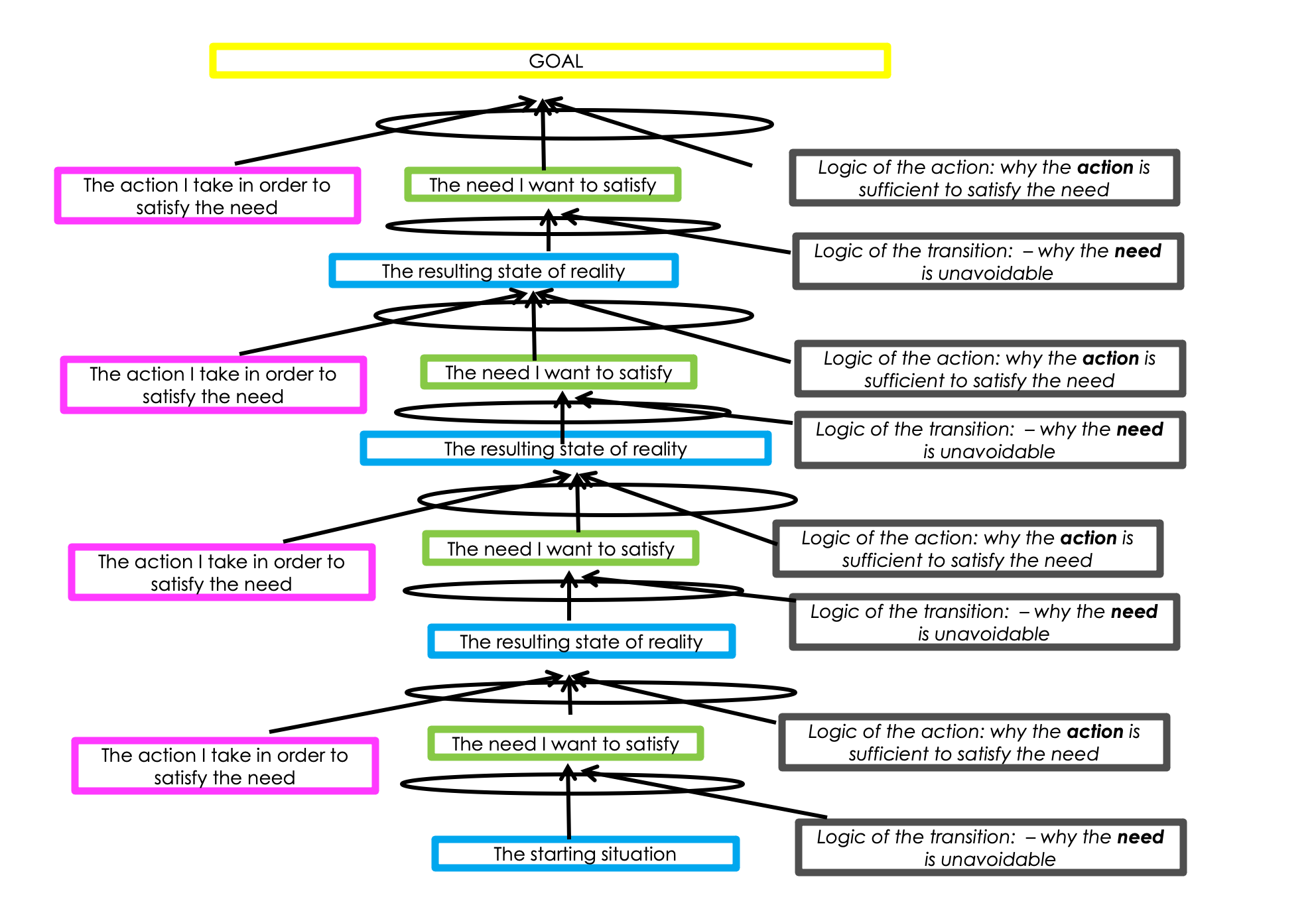
Every human activity aimed at producing a result, whether it’s a product or a service requires collaboration. And collaboration and cooperation are increasingly stressed in the workplace today. It’s not just a feel good thing, it actually makes evolutionary sense. The success of our species depends on it. The problem is, organizations can create situations of “a world gone collaboration mad” (see “The Collaboration Curse”). That’s why productive collaboration requires an operational process.
Good intentions – not good enough
If we just put people into open spaces and count on their good nature or ‘team spirit’, or even worse, rely on some technological tool to make the collaboration happen through messages, e-mails and unstructured, real or online meetings, then we’re asking for trouble. What is required first is a robust roadmap for the actions to be taken.
So before any meaningful collaboration can take place, investment has to be made first in the thinking up front. What exactly is the goal of the collaboration? That may seem an obvious place to start, but the precise verbalization of a goal requires considerable thought and effort. Once the goal is clear and agreed upon, the next concrete step is to identify all the obstacles standing in the way of the current situation and achieving the goal. Sounds negative, but in fact it’s a very good place to start because it clears the path to identifying the ‘intermediate objectives’ that overcome those obstacles. These intermediate objectives can then be sequenced according to which ones are prerequisites for others (or can be achieved in parallel). This sequencing provides the roadmap for all to see. In the Theory of Constraints this process is referred to as a Prerequisite Tree.

In order to build a Prerequisite Tree, we write the precise goal at the top and then list all the obstacles we see preventing us from implementing that goal. Then we transform the negative into a positive. For each obstacle, we write an intermediate objective. This means something that, if achieved, would overcome the obstacle.
Then we sequence the Intermediate Objectives (IOs), placing at the bottom of the tree the first IOs we have to achieve and then adding the others, according to a logic of prerequisites. What has to be done before another IO can happen and what can be done in parallel to get to the goal?

We now have a roadmap of the macro steps towards the goal but they need to be further articulated into actual steps or tasks. However, for collaboration to be effective, it’s not enough just to know what the tasks are. We also need to share the why, or the logic for those tasks. A Transition Tree connects the tasks to achieve an Intermediate Objective together in a sequential way by making explicit the starting situation, the need that situation generates and why, the task to satisfy that need and the reason for doing that task. This process is key to productive collaboration because it allows all the people involved to articulate and communicate not just the tasks to be done but also the logic for performing them and the result of the action. This creates clarity and transparency.

Collaboration – an operational process
Based on the above we can describe an operational process for collaboration as follows:
Identifying:
- a goal
- the obstacles to the goal
- the macro tasks that overcome those obstacles (Intermediate Objectives)
- the sequence in which the tasks must be carried out dependent on which tasks are prerequisites for others (Prerequisite Tree)
- the individual tasks within those macro steps
- the needs satisfied by those tasks and the logic for carrying them out (Transition Tree)
- who will carry out the tasks and when
An end to meaningless meetings
When collaboration is structured using the Prerequisite Tree and Transition Trees, it also solves the problem of meaningless meetings. Every conversation can be entirely based on the progress made with the tasks in the Transition Trees and what point that has taken the collaboration to on the roadmap provided by the Prerequisite Tree. If people get stuck at some point with the tasks they are supposed to do it’s probably because they are in a conflict. A powerful tool to get past any blockage is the Conflict Cloud tool. This orients the conversation in the direction of a win-win solution, respecting the profound needs of those involved.
Collaboration company wide
At the organizational level, productive collaboration can be achieved through effective Project Management (Critical Chain method) around a strategically chosen constraint. It’s such a big topic that we’ve written a whole book about it: ‘Quality, Involvement, Flow: The Systemic Organization’.
Try it yourself
Next time you have a meeting where you need to discuss how to achieve a goal, use the Prerequisite Tree and list the obstacles, then verbalize those obstacles as Intermediate Objectives and sequence them towards the goal. It could be one of the most productive discussions you’ve ever had.
Happy collaboration!
To find out more about ten guided steps to a systemic leap for your company, contact Angela Montgomery at intelligentmanagement@sechel.ws
SCHEDULE AN INTRODUCTORY CALL WITH US
Intelligent Management works with decision makers with the authority and responsibility to make meaningful change. We have helped dozens of organizations to adopt a systemic approach to manage complexity and radically improve performance and growth for 25 years through our Decalogue management methodology. The Network of Projects organization design we developed is supported by our Ess3ntial software for multi-project finite scheduling based on the Critical Chain algorithm.
See our latest books Moving the Chains: An Operational Solution for Embracing Complexity in the Digital Age by our Founder Dr. Domenico Lepore, The Human Constraint – a digital business novel that has sold in 43 countries so far by Dr. Angela Montgomery and ‘Quality, Involvement, Flow: The Systemic Organization’ from CRC Press, New York by Dr. Domenico Lepore, Dr. .Angela Montgomery and Dr. Giovanni Siepe.






Leave a Reply